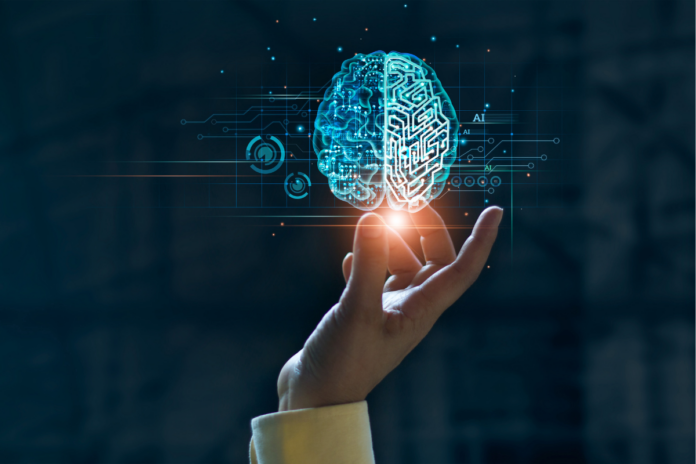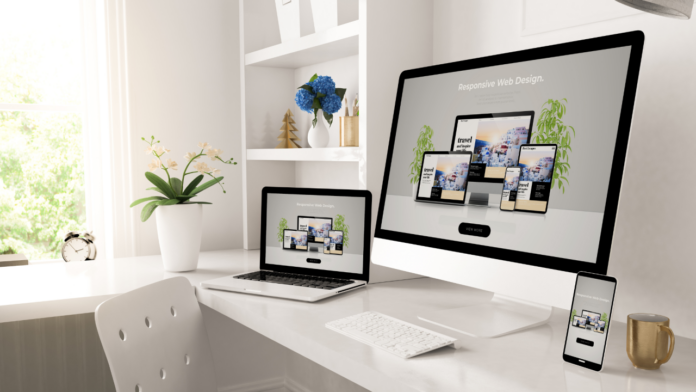The rapid emergence of artificial intelligence (AI) tools in recent years has generated considerable debate regarding their potential to replace human web designers. As you explore the evolving landscape of the design industry, it’s vital to understand the capabilities these AI technologies bring to the table and how they might alter the future of design.
Automated solutions, like Framer and FlutterFlow, have streamlined various tasks involved in web design, such as coding and layout generation, raising questions about the necessity of human expertise in this field.
However, the unique creativity, problem-solving skills, and nuanced understanding that skilled designers provide play an irreplaceable role in crafting engaging and effective websites.
Embracing the impact of AI on web design is crucial; adapting to these changes can spell success for designers looking to thrive amidst the transformation in the industry.
Key Takeaways
- The integration of AI in the design industry is reshaping traditional web design jobs.
- Tools like Framer and FlutterFlow offer automation that enhances productivity but does not replicate human creativity.
- Understanding AI’s features will help designers remain relevant and innovative in their work.
- Successful collaboration between AI and human designers can lead to enhanced results in web design projects.
- The future of the design industry depends on how well professionals adapt and leverage AI tools.
The Rise of AI in Web Design

The emergence of AI design tools is reshaping the landscape of technology in the design industry. More than ever, designers harness the power of AI to streamline their processes and enhance user engagement. This transformation fosters an environment where creative solutions are more accessible and efficient.
Transformative AI Tools in Design
AI-powered design has gained traction due to the development of innovative tools that simplify the website creation process. Automated website builders enable you to produce responsive and aesthetically pleasing designs with minimal coding knowledge. These platforms leverage machine learning algorithms to tailor features to specific user preferences, thereby increasing ease of use and reducing design time check this out.
AI-Powered User Research and Testing
The role of AI in web design extends beyond mere aesthetics; it also involves understanding user behavior. Platforms that utilize AI can analyze vast amounts of data to extract meaningful insights about user interactions. This capability allows for targeted improvements in design. For instance, sentiment analysis can identify trends in user satisfaction, guiding modifications that enhance the overall experience.
Automated Content Creation
Content generation remains a crucial aspect of web design, and AI-powered tools excel in this area. Applications geared towards automated content creation can draft high-quality articles, optimize headlines, and even generate marketing copy. By reducing the time spent on writing and editing, these tools empower designers to focus on crafting compelling visuals and enhancing user interfaces, making it easier for more individuals and businesses to enter the design landscape.
| AI Design Tool | Functionality | Benefits |
| Webflow | Automated website building | Efficient design flow, responsive layouts |
| UserTesting | User experience analysis | Insights into user preferences, enhanced usability |
| Copy.ai | Content writing assistant | Quick content generation, improved creative workflows |
Will AI Replace Web Designers? Understanding AI’s Role in the Design Industry

Many wonder about the potential of AI in the creative sector, particularly in web design. The impact of AI on web design can be significant, yet it faces limitations that restrict its ability to fully take over the role of web designers.
Limitations of AI in Creative Processes
While AI excels at processing data and handling repetitive tasks, it often falls short in areas requiring creativity and emotional intelligence. Crafting a web design involves capturing the essence of a brand, understanding user emotions, and making aesthetic choices, aspects where human designers shine. AI may generate layouts or automate tasks, but it struggles with unique, nuanced projects that require innovative thinking or a personal touch.
Collaboration Over Replacement
Instead of fearing the competition from AI, view it as a chance for collaboration. The AI vs Web Designers narrative doesn’t have to imply a battle. Embracing AI tools enables you to streamline certain processes, allowing you to focus on the strategic and creative elements of your work. This synergy not only enhances productivity but also sets the stage for truly remarkable web designs that balance technology and human creativity.
| Aspect | AI | Web Designers |
| Creativity | Limited to algorithms and existing data | Involves unique, imaginative thinking |
| Emotional Understanding | Struggles with emotional nuances | Can empathize with user feelings and brand voice |
| Task Handling | Efficient at repetitive tasks | Handles complex, multifaceted projects |
| Collaboration Potential | Tools to aid designers | Collaborative approach for enhancing creativity |
Conclusion
The ongoing dialogue surrounding the role of AI in the design industry highlights a significant transformation. While AI is reshaping web design by automating routine tasks and providing advanced tools, its limitations cannot be overlooked. The future of the design industry will continue to depend on the irreplaceable value of human creativity, artistry, and emotional intelligence that only comes from a designer’s insight. You can expect AI to enhance workflows, yet the essence of truly memorable design will always stem from human intuition.

FAQ
Will AI replace human web designers in the near future?
While AI tools are streamlining various tasks in web design, they cannot fully replace the unique creativity and problem-solving skills that human designers bring. Industry experts suggest that those who embrace AI will thrive, rather than become obsolete.
What are some examples of AI design tools?
Tools like Webflow, Framer, and FlutterFlow enable efficient website design by automating tasks like coding and layout generation. AI tools for user behavior analysis, such as UserTesting, also provide valuable insights that enhance user experiences.
How can AI enhance the web design process?
AI can automate repetitive tasks, analyze user behavior for personalization, and assist in content creation, ultimately allowing designers to focus on more strategic and creative aspects of their work.
Are there limitations to AI in web design?
Yes, AI is limited in its ability to handle complex creative decisions, understand user sentiment, and convey brand identity. These are areas where human designers excel, making them irreplaceable in the design process.









